Finally, as a highlight, we take a look at two of Costa Rica’s most famous national parks. This blog is about the first of the two, the Marino Ballena National Park. Unlike most other national parks, Marino Ballena is actually a marine reserve. This means that only the section of beach close to the water is still part of the national park, with most of the area concentrated on the sea. We came here for the dream beaches and whale watching. Let’s go!
Campsite a few meters from the national park beach
As the national park revolves around the water area, the entrance controls to the national park are not very strict. Following tips from other campers, we are able to enjoy the national park’s natural dream beach every day, even though we only pay the entrance fee once for the actual visit to the park. Wonderful!
And the wildlife of Costa Rica is once again impressive in everyday life: we see some macaws – the colorful parrots – in the trees around our pitch. And finally: we can even spot a toucan in the distance in the tree! Paddy in particular has been waiting for this bird the whole time we’ve been in Costa Rica. The long, colorful beak makes the observation particularly impressive. And as I said, this is simply in and around the campsite – not in a special place to find the species that are special to us Europeans.
Marino Ballena National Park
Like all national parks in Costa Rica, Marino Ballena National Park also has a park mascot or a lead animal to which the park is dedicated. In this case, it is the whale. Incidentally, Ballena is also the Spanish word for whale. Fittingly, at low tide, the beach forms a whale’s fin through the deposited sediment and the layers of rock underneath. Two currents meet, one from the north along the coast and one from the south. And in the Marino Ballena National Park, the water masses come to a standstill and deposit the material on the seabed, forming the whale fin of the beach. Unfortunately, we can’t easily fly our drone over one of the main attractions of this national park – so we weren’t able to take any pictures of it.
Caribbean feeling on the Pacific coast
The miles of sandy beaches, very typical with coconut palms and fine sand, give you a real Caribbean feeling. It doesn’t matter that it’s the Pacific Ocean and not the Atlantic Ocean of the Caribbean. We go for a few walks to take in as much of this dream beach as possible. And luckily it is a national park, so the waste problem that is often present in this region of the world is under control and we can enjoy nature without any obstacles. Of course, we also enjoy a daily swim in the sea, but it is not a cooling experience. The water is at bathtub temperature.
Whale watching in the Whale National Park
Groups of humpback whales visit the waters of the Marino Ballena National Park twice a year to give birth to their young and raise them during their first months. From December to April – at the time we visit – the animals come southwards from the north and later in the year from July to November the animals come northwards from the south. The groups of whales from the south are generally larger; there are said to be around 800 whales here during this time, while there are only around 90 animals from the north.
In addition to the humpback whales, there are also blue whales, small killer whales, orcas, pilot whales and the giant whale sharks. However, of all these species, the humpback whales are the ones most likely to be spotted by tourists, as they like to stay on the surface.
The national park is committed to exemplary regulation of whale watching. For example, the boats are not allowed to feed the whales in order to attract them. In addition, rules are defined regarding the distance, speed and how long individual boats may remain with the whales. So, we can finally stand behind the surrounding conditions and get involved in such an experience.
On our day, on the way to the tour operator, we were informed by our host at the campsite that a group of whales had been spotted that morning. We are excited!
With the boat and 17 other group members, we set off in search of them. But the search is not that difficult, as there are about seven other boats on their way to the whales alongside us. On the way, our tour guide explains all sorts of things about the whales. Among other things, that the water here is actually too warm for the whales, or rather their food, the plankton. Apparently, the whales eat virtually nothing during their several-month stay on the coast off Costa Rica until they return to cooler, plankton-rich waters. It is very exciting for us to be told this behavior from first hand experiences.
In the meantime, we have long left the boundaries of the national park and are driving further and further out to sea in a south-westerly direction, as, like all animals, the whales do not respect the national park boundaries. And indeed! We reach a point where a few other boats are already bobbing in the water and keeping an eye out – but perhaps they are “just” dolphins in this context. But after a few minutes we know for sure that there are whales! And there really are a lot of them. Due to the constant diving, it is difficult for us laymen to determine the exact number. According to our guide, however, there are probably eight whales. Over a longer period of time, about three quarters of an hour, they dive down again and again, only to come up for air again a few hundred meters further on. They then swim close to the surface for a few breathing cycles before characteristically raising their tail fins to dive deeper. So beautiful! And since it’s a bit of a lottery each time where the group resurfaces, keeping your distance with the boats is also a bit of a lottery. At one point, the group emerges maybe 10 meters behind our backs – the hissing of the whales’ first breath of air is enough to scare you.
The tour was therefore worthwhile all round. We are overjoyed to see whales and then so many whales at once. Brilliant! The rest of the tour focuses on a few striking rock formations that protrude from the water in the national park and a snorkeling stop. From our point of view, this program simply fills in the gaps if no whales are sighted on other days. Of course, we still enjoy cooling off while snorkeling. For us experienced underwater observers, however, there is not much of interest here.
The Marino Ballena National Park was a real highlight for us. Of course, luck has to play its part on the whale watching tour to make the experience an extraordinary one. If everything works out, as it did for us, the verdict is always very positive. And relaxing days on the beach can make up for a few days waiting for the perfect whale watching day. So much for our visit to the well-known Marino Ballena National Park. We will soon be publishing the next blog about what is probably the wildest national park in the whole of Costa Rica, so wild that you can only visit it with a guide! We are looking forward to it!
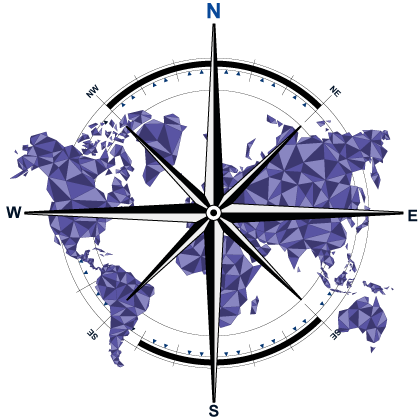

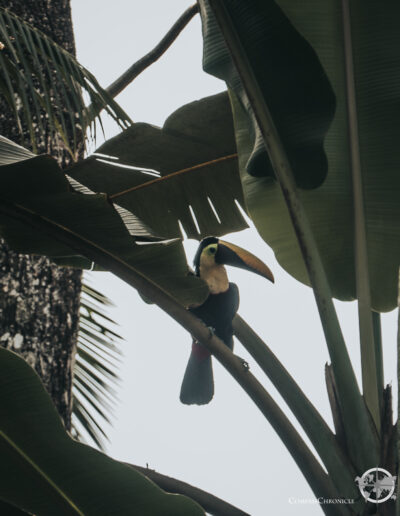
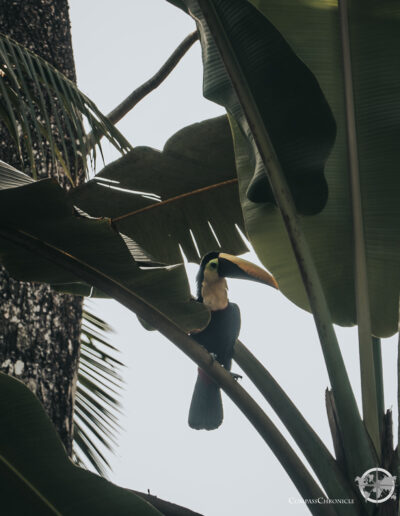
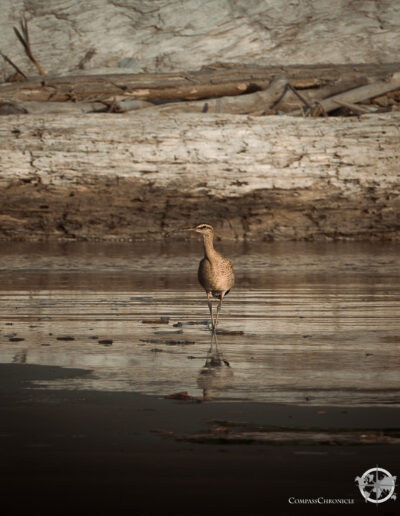

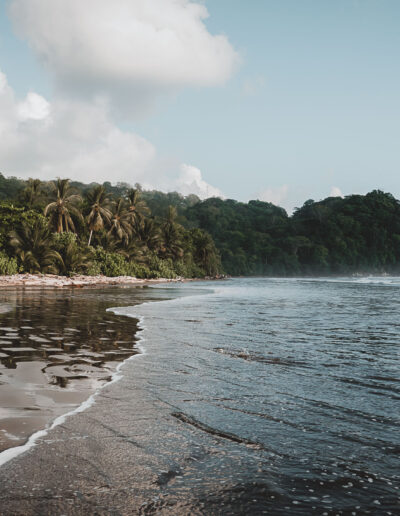

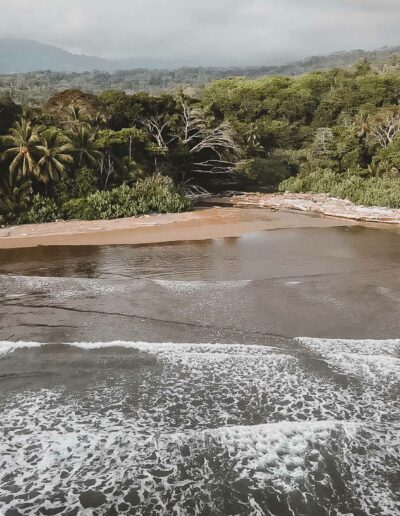




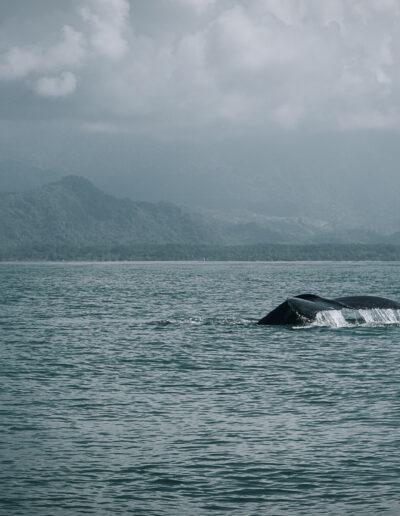
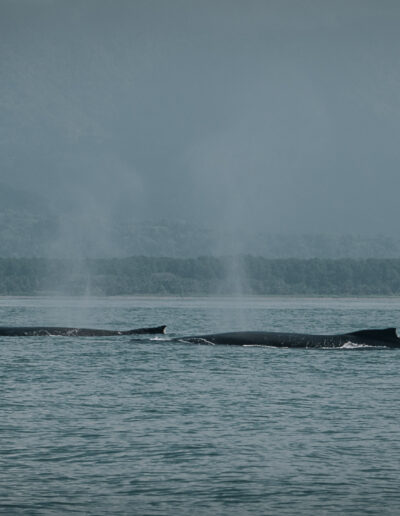

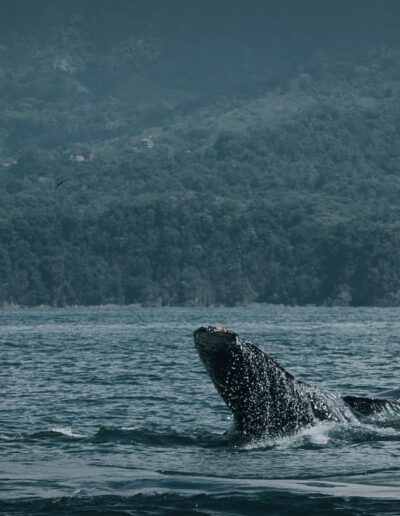
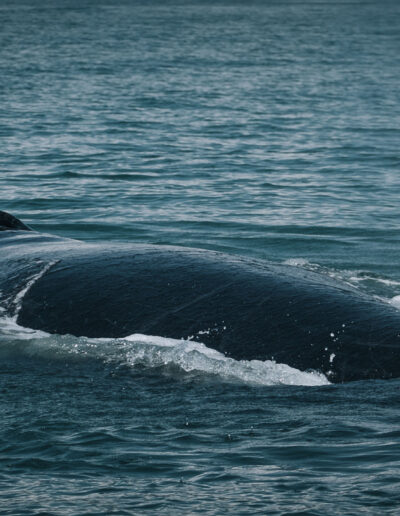
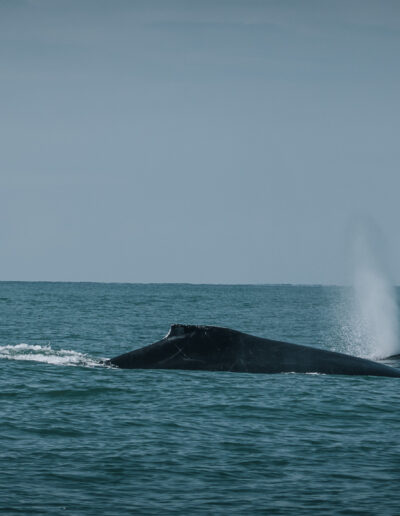
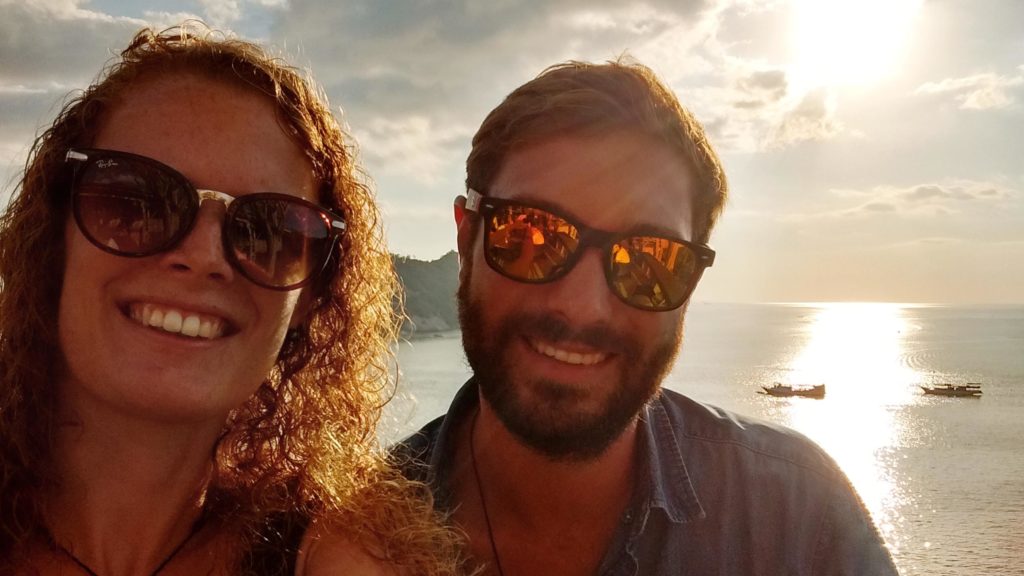
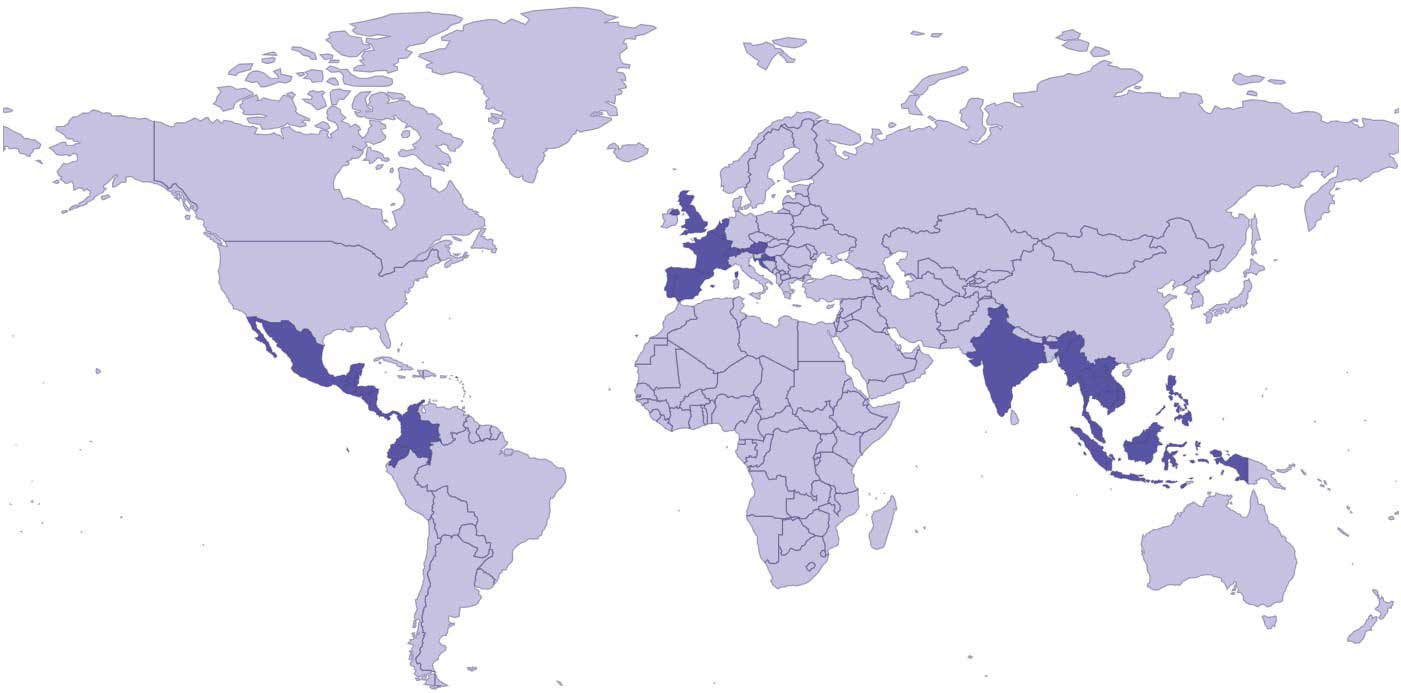

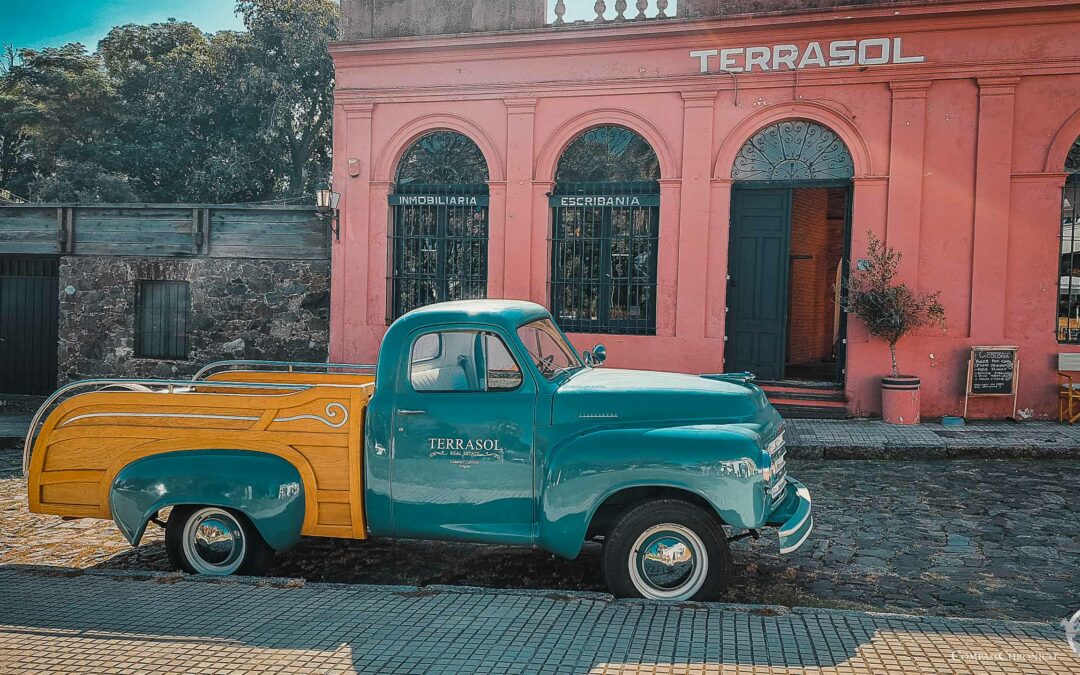
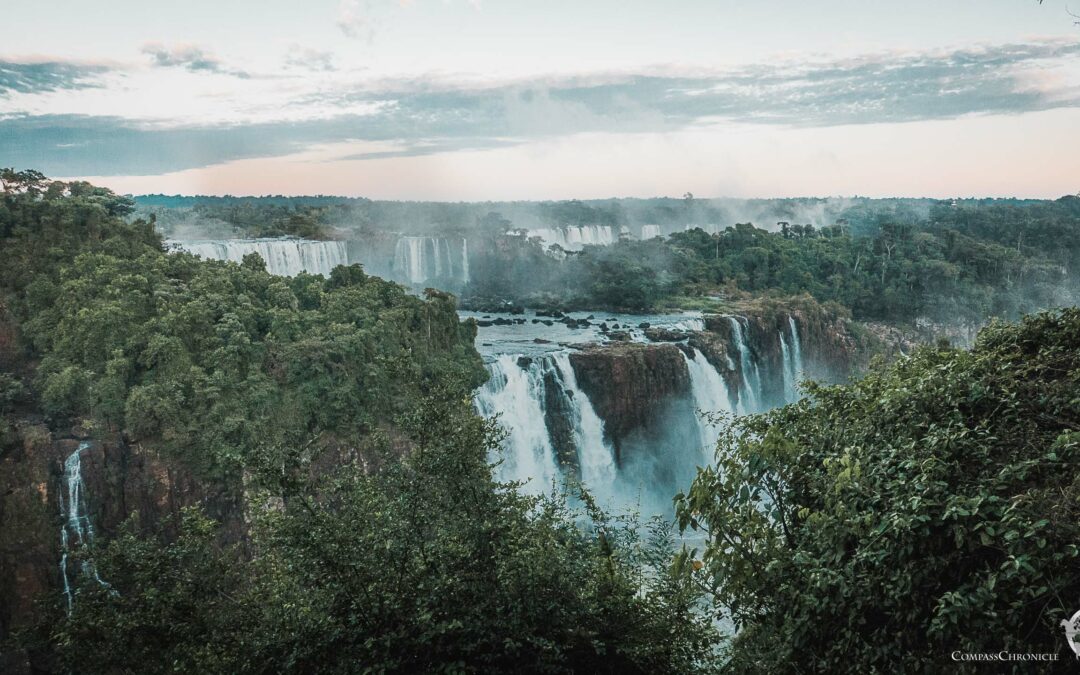
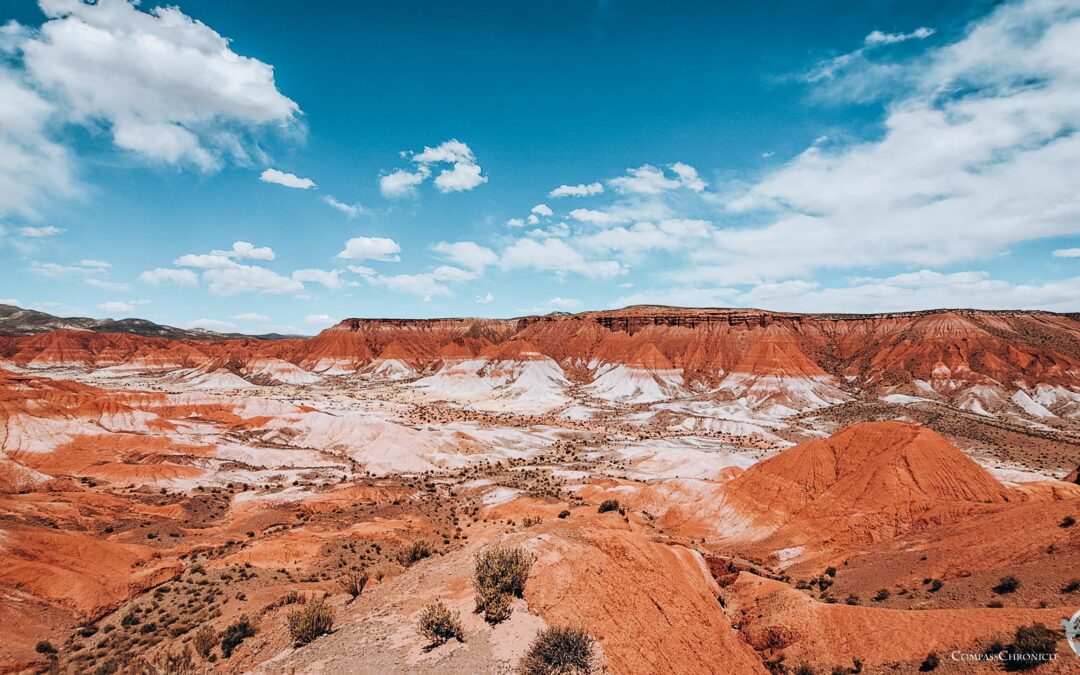
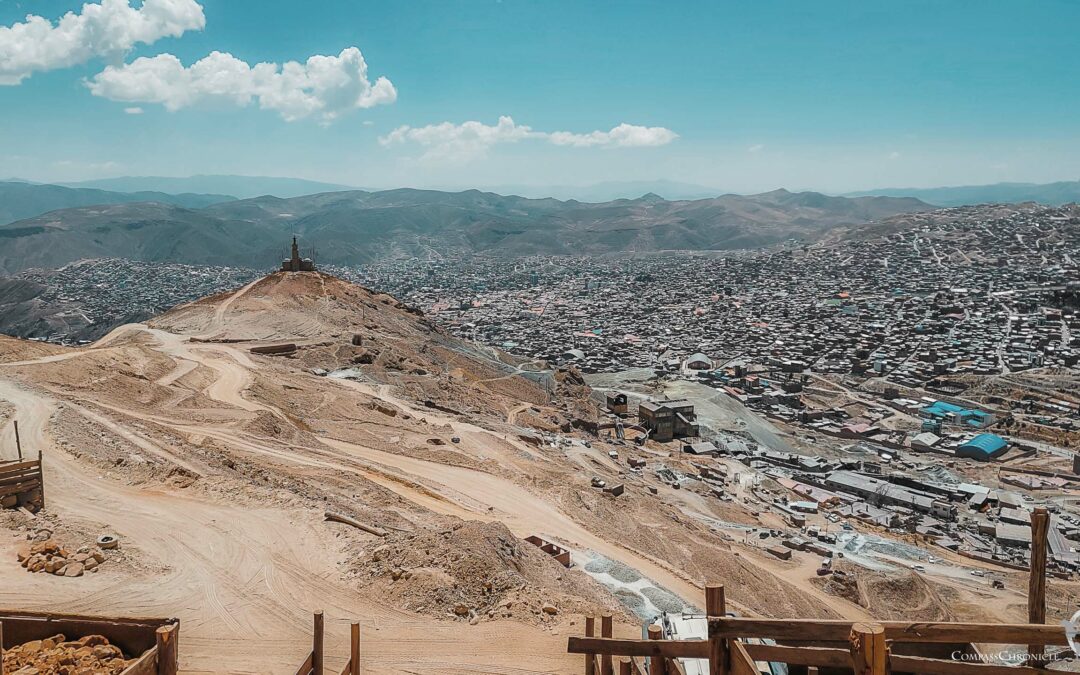
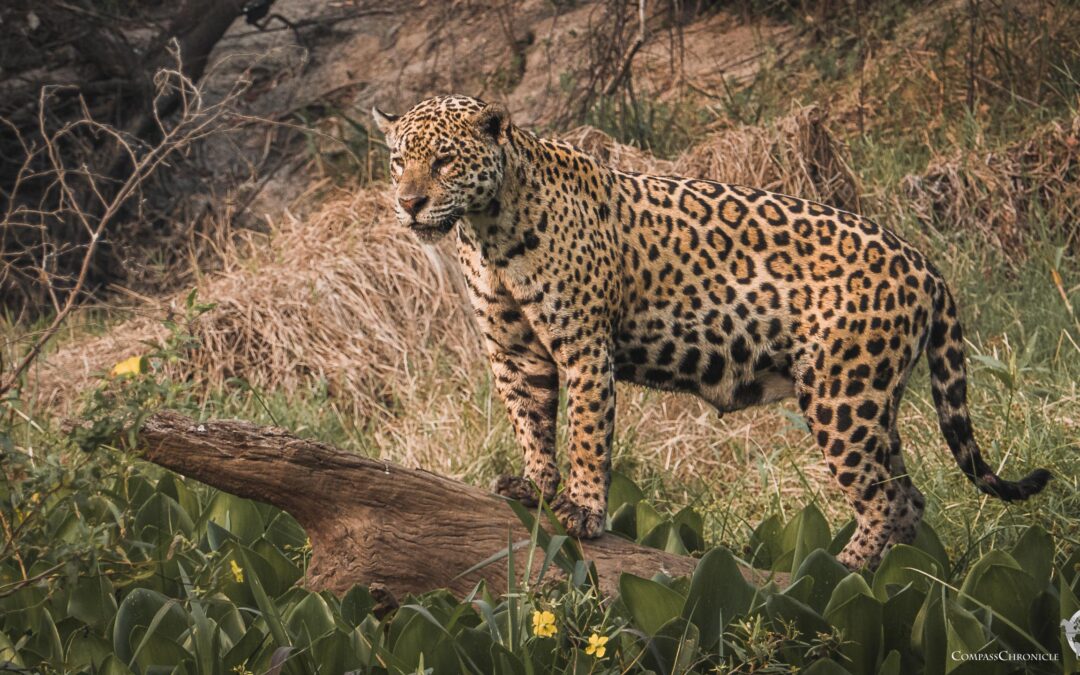
0 Comments